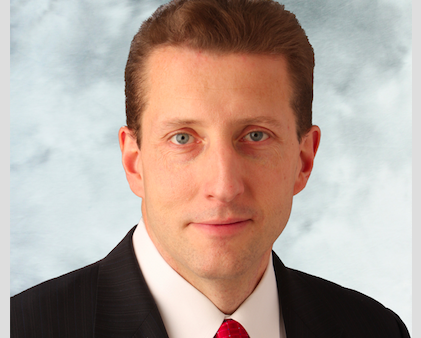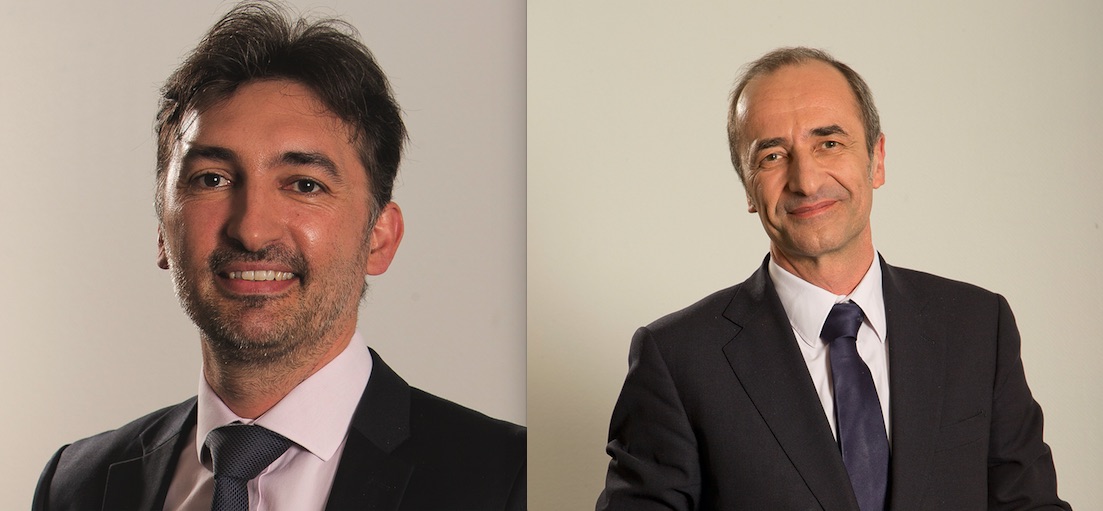Stay Flexible in Investment Grade Credit as the Hunt For Yield Continues
| By Fórmate a Fondo | 0 Comentarios

In recent years, demand for US dollar investment grade credit has grown worldwide. Many investors have been drawn to this market by the attractive yield differential, large and diverse opportunity set, and absence of foreign exchange volatility. The outlook for the US economy, with anticipated progrowth fiscal and regulatory policy, should support US dollar strength and higher yield differentials, which we expect will continue to fuel demand for US dollar investment grade credit.
Here, Robert Vanden Assem, managing director and head of developed markets investment-grade fixed income at PineBridge, discusses frequently asked questions about investing in US dollar investment grade credit, the most liquid credit market in the world.
What do you think the US election results mean for fixed income markets?
On the whole, we are expecting mostly positive consequences of a Donald Trump presidency on US dollar denominated spread products. Tax cuts, possible infrastructure spending, repatriation of overseas cash, and a reduction in regulation are bullish for corporate markets.
The election result has also made certain sectors more attractive. Financials have been buffeted this year by the possibility of negative rates, and now they’re looking to be one of the more attractive sectors in fixed income with the likelihood of higher interest rates and relaxation of regulation. The aerospace and defense sector seem poised to benefit from a global increase in military spending, the metals and mining sector should benefit from an increase in infrastructure spending, and both energy and communications sectors should benefit from a more business friendly approach from their respective regulatory agencies. Finally, we see possible positive outcomes for corporates in the form of tax cuts, less regulation, and the possible repatriation of cash held overseas.
The election also gave a boost to the US dollar, which had been range-bound since last December. We think, going forward, a strong and stable dollar will contribute to performance of US dollar denominated fixed income.
From an interest rate volatility side, the prospect of fiscal stimulus and less regulation has already impacted our markets. We’re still expecting a decent amount of interest rate volatility, but the recent back-up in rates has provided an opportunity to invest at more attractive yield levels.
What risks do you see ahead?
I think a key risk at this point could be too much bullishness in markets. Beyond the obvious positives of more fiscal spending and less regulation, what the Federal Reserve does in response is something to keep an eye on.
Our view for a long time has been that the Fed cannot normalize policy unless there is an adequate correction in terms of the fiscal policy and regulatory policy within the economy. Of course, we now have hope that we might see that, but it’s still uncertain in terms of what the exact programs will be and their likelihood of success. Importantly, the US is still burdened by tremendous debt levels that continue to rise.
While the Fed finally raised rates this year, over the longer term it has been cutting its forecast, or its terminal rate of interest going forward. The market has continually underpriced the Fed, and it has been successful in doing that so far. More recently, however, Fed and market forecasts are coming together.
Inflation and labor markets are also not robust enough to warrant significant tightening in US monetary policy. While the longer term view of inflation (the five-year, five-year forward inflation rate) has ticked up a bit, it hasn’t moved enough to warrant concern at this point. And the job market is not as robust as you would normally see in a typical recovery. What is missing is investment, less regulation, and better fiscal policy.
Although our view is that the Fed will remain accommodative, central bank policy continues to be a big risk as we look into 2017. If markets get too bullish with any possible fiscal legislation or less regulation, the Fed could end up moving too aggressively, and that would negatively impact the economy. I think this is a major risk in 2017 and beyond.
Is there an area of fixed income that you favor currently?
Financials have been one of our more favored sectors, but they suffered in the past year due to fear of negative rates and low interest rates. Since the Global Financial Crisis, from a fixed income perspective, financials have been a great balance sheet story as they raised capital levels and improved liquidity. This year, however, they became more of an equity story, where earnings were a concern given the low and negative rate environment.
Going forward, we are positive on financials for two reasons. First, they have underperformed the rest of the market on this bounce back and appear attractive on a relative value basis. Second, with the prospect of less regulation and higher rates, there should be more opportunity for banks to increase profitability going forward. More recently, with the advent of Additional Tier 1 preferreds and Contingent Convertible securities, we have seen added interest in financials.
What is your outlook going forward?
Despite pro-growth changes we will likely see in fiscal and regulatory policy, we think that the big-picture rate environment is not going to change significantly. Moreover, we expect the global search for yield to continue. While the US is seeing positive developments, many advanced economies are still dealing with low growth, low inflation, and an increase in geopolitical risk. Therefore, we think that the market is not poised for the breakout growth that many investors seem to be anticipating at this point.
Looking ahead, we expect robust performance on a relative basis within the credit markets supported by a constructive environment for corporate fundamentals, strong global demand for US dollar investment-grade credit and relatively easy monetary policy. However, investors should focus on being nimble since liquidity dynamics are not what they used to be. The investor base is strong, as is demand, but the transmission mechanism for sales and purchases from investor to investor has changed. The dealer community is still inhibited by regulation, so they must maintain low levels of inventory. Therefore investors need to be mindful of liquidity and how they can maneuver within the market.













